Arab culture is a product of centuries of cultural exchange, conquests, and intellectual advancements. It is a blend of traditions, customs, beliefs, and artistic expressions. In addition, its roots can be traced back to the ancient civilizations of Mesopotamia, Egypt, and the Arabian Peninsula. The region has witnessed the rise and fall of empires, the birth of major religions, and the flourishing of art, literature, and science.
When you visit any Arab country and go to another one, you will touch the differences and the common traditions between them, knowing that you’re living in a really different shape of culture than the other countries. We hope that you put such travels on your plan, that will make you never regret having such a different experience in a really different place in the world. Let’s explore some of the points that will be important for you if you want to learn more about Arabic culture or want to visit an Arab country now or in the future.
In This Article:
Where Does Arab Come From?
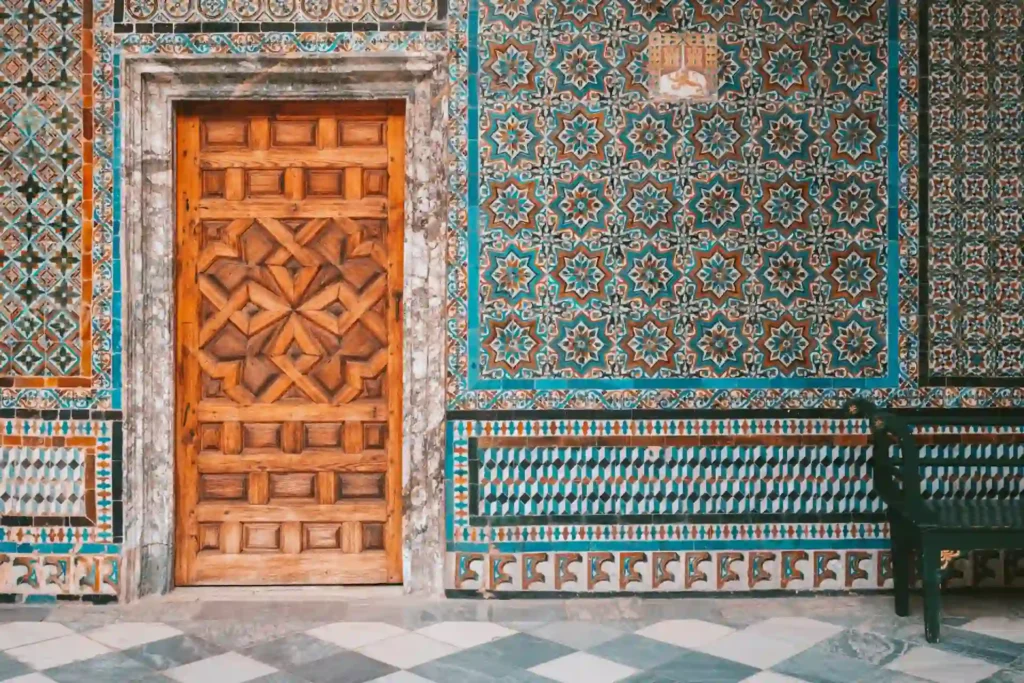
The term “Arab” refers to both the Arabic people and their Arabic culture. While the exact origins remain a subject of ongoing exploration, linguistic and archaeological evidence suggests a common ancestry for Arabs, likely emerging in the Arabian Peninsula. Over centuries, Arab communities expanded through trade, migration, and conquest, establishing a cultural footprint across a vast region. Find out more about the Arab world and top 10 destinations in the Arab countries in this article.
The People
The Arab world is home to a diverse population, with over 300 million people spread across 22 countries. This diversity is reflected in the region’s languages, Arabic dialects, customs, and traditions. Despite these differences, Arabs share a common heritage and a sense of unity that binds them together.
Family
Arab family culture is deeply rooted in tradition, with a strong emphasis on respect for elders and kinship ties. Families offer a support system, a source of identity, and a source of immense pride. Celebrations and challenges alike are often faced as a close-knit unit, fostering a strong sense of belonging in the Arabic culture.
Language
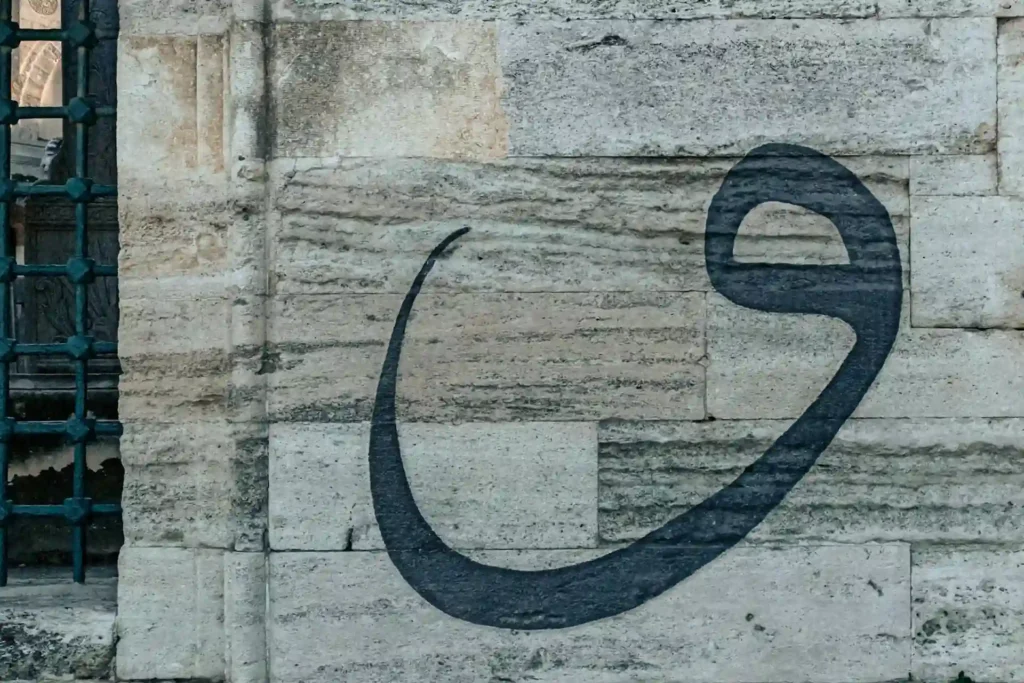
Arabic, the language of the Qur’an, is the official language of all Arab countries. It is a rich and expressive language with a vast vocabulary and a complex grammatical structure. Learning Arabic opens the door to understanding the region’s literature, poetry, and philosophy.
Arabic dialects, while rooted in Modern Standard Arabic, have evolved over centuries, creating a rich mix of spoken languages across the Arab world. Egyptian Arabic, Moroccan Arabic, and Levantine Arabic are just a few examples of the diverse dialects that add a unique flavor to communication in different regions.
To be prepared for your trips to the Arab world, check out some of the survival basic common Arabic phrases that you’ll definitely need to deal with in everyday life with ease and comfort in this article.
Greetings and Gestures
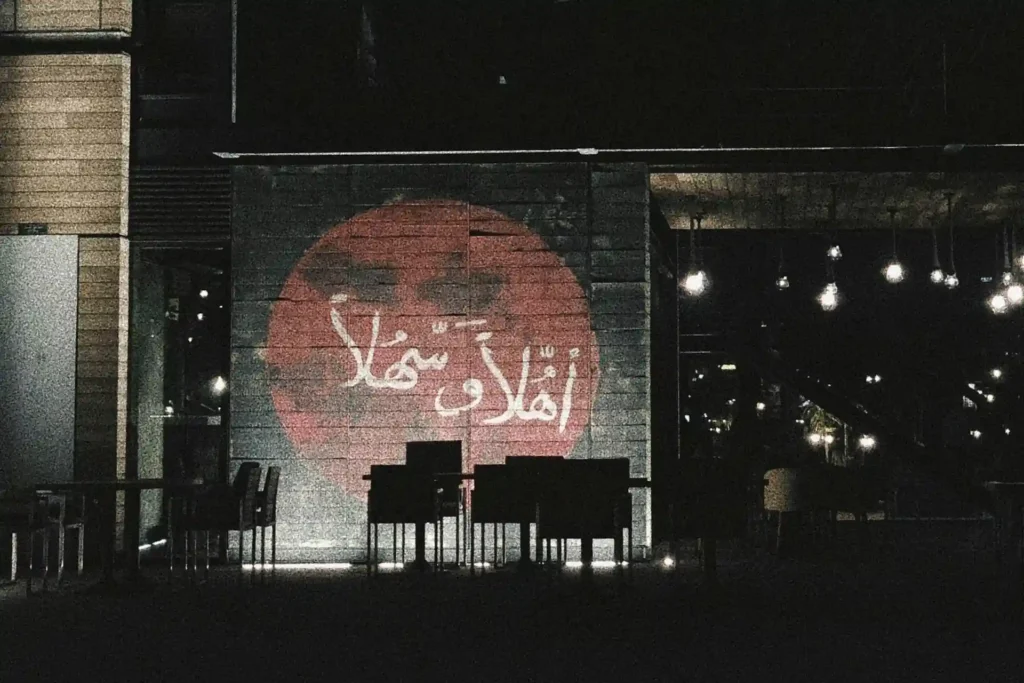
Physical gestures such as handshakes and kisses on the cheek among the same gender are common greetings. It’s important to show respect by using polite language and proper titles when addressing others
Traditions and Customs

Arab culture is steeped in traditions and customs that have been passed down from generation to generation. These traditions include hospitality, generosity (like what we are going to discuss further), and respect for elders. The Arab world is renowned for its warm and welcoming people, who take pride in their culture and heritage.
Hospitality: The Cornerstone of Arab Culture
Hospitality, or “dhiyafah” (ضيافة) in Arabic, is a cornerstone of Arab culture. Guests are considered blessings, welcomed with open arms and treated with generosity. Sharing a meal, offering tea or coffee, and prioritizing guest comfort are all expressions of this deeply ingrained value.
Storytelling
The art of storytelling is an essential part of the fabric of Arab culture. From captivating folktales passed down through generations to the mesmerizing verses of the Quran, storytelling serves as a means of entertainment, education, and cultural preservation. Gatherings often come alive with tales of heroic deeds, wise proverbs, and enchanting poetry.
Fashion and Adornment
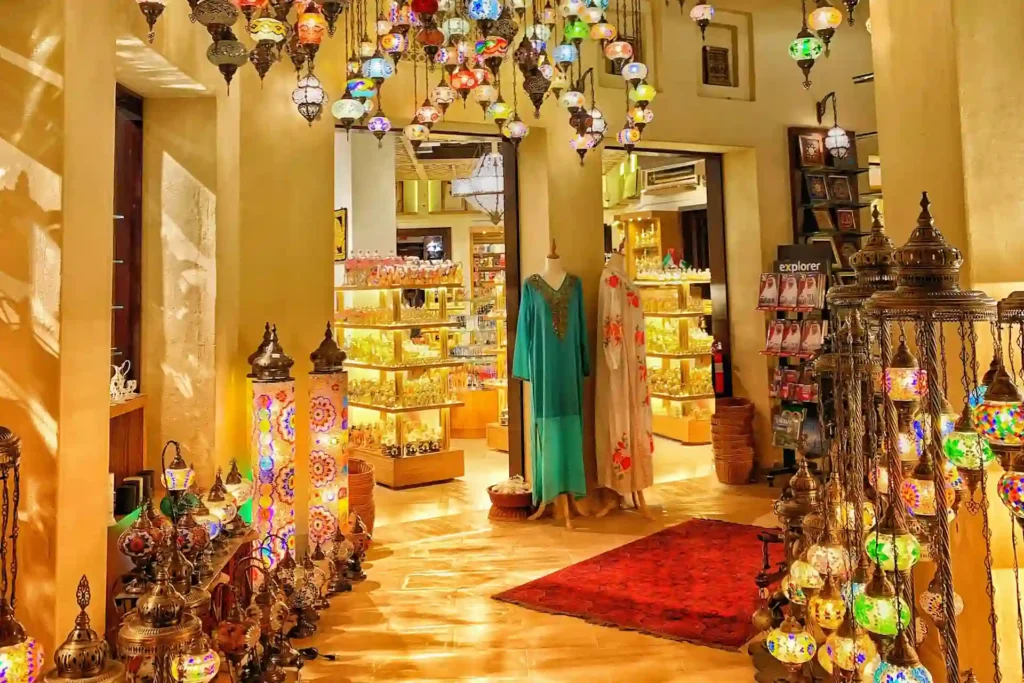
Arabic culture clothing reflects both practicality and a love for vibrant colors and intricate details. Traditional garments like the thobe for men and abaya for women vary by region and occasion. Beyond Arabic cultural clothing, jewelry and accessories play a significant role in personal expression and cultural identity.
Art and Literature
The Arab world has a rich artistic heritage, encompassing music, dance, literature, and visual arts. Arabic calligraphy, intricate patterns, and vibrant colors are hallmarks of Arab art. The region has produced literary giants like Naguib Mahfouz, the Nobel laureate, whose works have captivated readers worldwide.
Cuisine
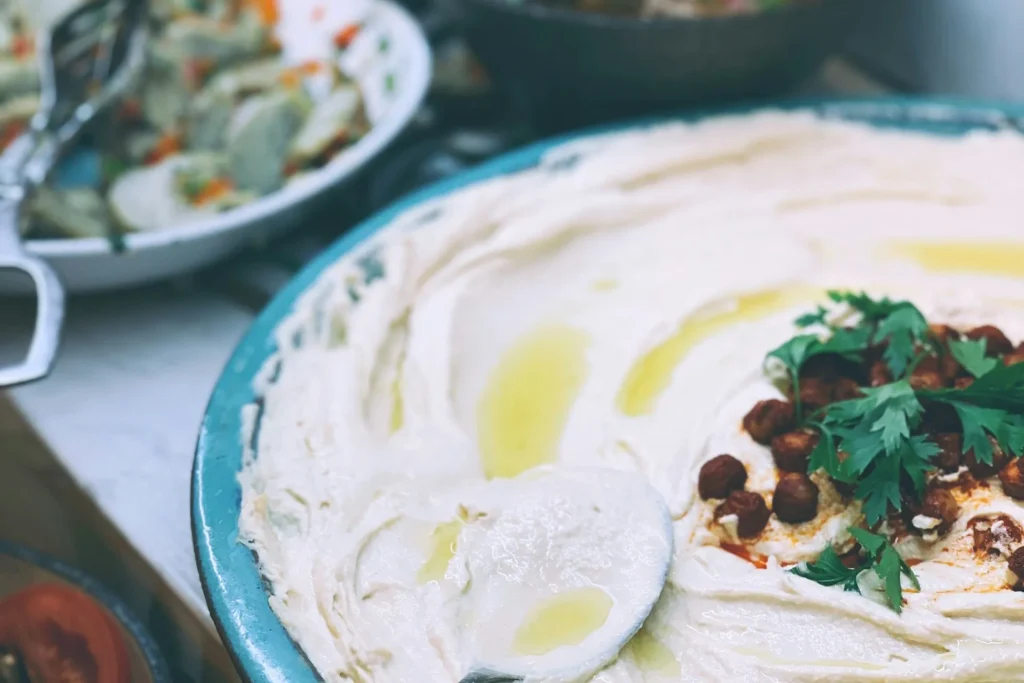
Arab culture food is a sensory feast, bursting with fragrant spices, fresh ingredients, and regional specialties. From savory mezze platters to slow-cooked stews and aromatic desserts, Arab cuisine reflects the bounty of the land and the importance of sharing meals with loved ones. Food transcends mere sustenance; it becomes a celebration of community and togetherness.
Healthcare Beliefs: A Blend of Tradition and Modernity
Arab culture healthcare beliefs encompass traditional practices alongside modern medicine. Herbal remedies, dietary restrictions, and faith-based healing methods coexist with advanced medical facilities and scientific advancements. Understanding these beliefs fosters a deeper appreciation for the holistic approach to well-being often embraced in Arab societies.
Religion

The arrival of Islam in the 7th century CE profoundly influenced Arab culture. While not all Arabs are Muslims, Islamic principles have shaped social norms, legal systems, and artistic expressions across the region. Mosques serve as centers of community, and religious holidays like Ramadan and Eid al-Fitr are vibrant celebrations.
Islam is the predominant religion in the Arab world, shaping the region’s culture, values, and way of life. The teachings of Islam emphasize compassion, charity, and social justice. Muslims around the world turn towards Mecca, the holiest city in Islam, for prayer and pilgrimage. Learn more about Arabic in Islam.
How Did Islam Help Spread Arabic Culture?
Actually, Islam played a significant role in the spread of Arabic culture, acting as a conduit for cultural, linguistic, and intellectual exchange across a vast region. Here’s how Islam contributed to the dissemination of Arabic culture:
Trade and Commerce The Islamic empire’s extensive trade networks facilitated the spread of Arabic language and culture. Merchants and traders carried not only goods but also ideas and customs from the Arabian Peninsula to distant lands.
Military Conquests The early Muslim conquests following the death of Prophet Muhammad expanded the caliphates over a vast geographical area. These conquests often led to the establishment of Arabic as the administrative and cultural language in the conquered territories.
Missionaries and Pilgrimage Missionaries, or religious scholars, traveled far and wide to teach the principles of Islam, simultaneously spreading Arabic culture. Additionally, the pilgrimage to Mecca (Hajj) brought Muslims from different parts of the world to Arabia, where they absorbed Arabic customs and traditions.
Political Changes The political structure of Islamic society also influenced the spread of Arabic culture. As the Abbasid caliphate decentralized, new political entities emerged, adopting Arabic language and Islamic practices in governance and daily life.
Cultural and Religious Institutions The establishment of educational and religious institutions in the Islamic world, such as madrasas and mosques, promoted the learning of Arabic and the adoption of Islamic cultural norms.
Through these mechanisms, Islam not only spread as a religion but also facilitated the widespread adoption of Arabic culture, which has left a lasting impact on the world.
Conclusion
Arab culture is a rich blend of history, heritage, and diversity. It is a culture that has influenced the world in many many ways, leaving an indelible mark on art, science, literature, and cuisine. Every Arab country has its own unique shape of this culture with continuously added customs and traditions throughout the time, with keeping their old ones alive for everyday life.

